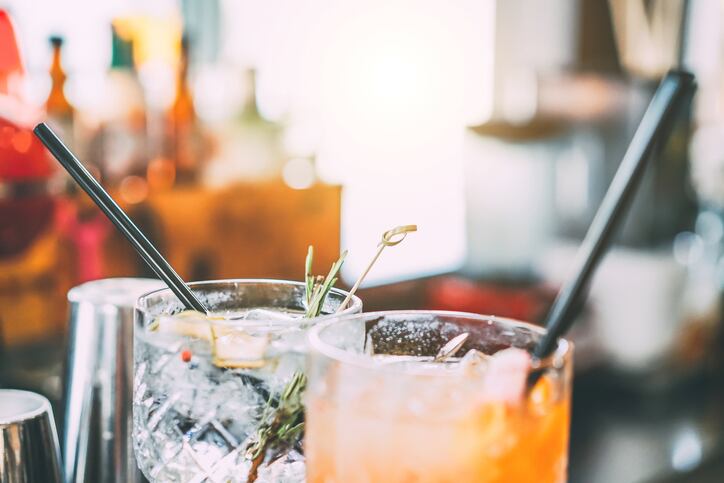In recent years, the low and no alcohol (low/no alcohol) category has seen many firsts and new entrants. From Small Beer Co. which claims to be the world’s first brewery dedicated to low alcohol beer to Made in Chelsea’s Spencer Matthews’ backed low-alcohol alternatives brand CleanCo, and Three Spirit’s innovative inclusion of botanical ingredient extracts including ashwagandha—the category is capturing the attention of consumers.
While overall alcohol consumption is expected to decrease in 2020, the low/no alcohol market is on the rise, with uptake anticipated to increase 31% by 2024, IWSR research reveals.
Multiple motivations are influencing the switch from alcohol to low/no alcohol alternatives. Beverage consultancy, Brand Relations, explores the reasons for adults limiting or avoiding alcohol consumption in its Lo/No Alcohol June 2021 report, revealing: 47% of people do so to improve health, 38% to manage weight, 34% to save money and 25% to reduce the risk of disease.
Driving ranks as the primary motivation for opting for low or no alcohol in the on-trade sector, Lumina Intelligence highlights in its Low2No Alcohol Report, published in June 2021.
And yet, if the low/no alcohol category was a literary tale, it would mimic that of “the emperor’s new clothes”, according to Richard Horwell, Managing Director, Brand Relations, pointing out that the category still has many challenges to overcome if it wants to see long-term success. One of the biggest issues is that, without alcohol, ingredients and beverages can be categorised as nothing more than an average soft drink.
Winning over by appearance
A growing number of low/no alcohol beverage products and brands have emerged onto the marketplace in recent years. And attracting consumers by their appearance is crucial.
In the report carried out by Lumina Intelligence, the second most common response for choosing a low/no alcohol drink is that it is an appealing product (the top being a choice for drivers). In fact, in London—which is deemed as the alcohol alternative hotspot—an attractive product is the top reason for purchasing one.
Commenting on the importance of branding to catch the eye of passing consumers, Horwell shares: “90% of first purchases are based on the branding. Does this brand speak to me? Does this brand give me what I want when I look at it? So that is very important.
“But the hardest place to do that is on the shelf in a cocktail bar; you rely on the barman selling it to you because most of the time you can't even see it,” details Horwell.
With low and no alcohol discovery typically taking place in the supermarkets, first-time purchasers are pleasantly struck by novel and engaging sampling campaigns, sensory involvement and immersive experiences.
Throughout the low/no alcohol category, gins, whiskeys, vodkas, tequilas and rums are adopting slick and clean bottles and branding to mirror premium alcohol brands.
Sampling vs repeat consumers
However, the taste profile of the alcohol variants is also vital for consumers to try and re-buy.
Similar to the plant-based meat alternative space in food, as flexitarianism takes hold in beverages, consumers want low/no alcohol options that mimic the taste of alcohol without the effects.
While the encouragement to try and acquire is strong, retention may prove harder. Taste, quality and choice of low/no alcohol beverages rank poorly among drinkers, Lumina Intelligence reveals.
The cost of low/no alcohol drinks along with the consumer perception that it is poor value for money are key barriers to purchase. In its latest report, Brand Relations details 40 of the leading low/no alcohol drinks on the market. With prices ranging from £8.50-£28.99 (with only one drink coming in under the £15 price tag), the cost barrier is clear to see, proving an obstacle the industry needs to overcome.
“People are just jumping on the bandwagon and making money,” says Horwell. “That is going to fall by the wayside, and a lot of those brands won't survive,” stresses Horwell.
Room for growth
Despite the current taste and cost-based hurdles, there are opportunities for expansion of low and no-alcohol options. Beer and cider have proved formidable in the sector with Beck’s, Heineken and Peroni all holding prominent positions. As the beer market risks saturation, ready-to-drink spirits are in a favorable position to dominate the market.
For the future of the space, Horwell does provide words of comfort: “I am sure there is a market there, and I am sure some of the mixologists can make interesting drinks for it.”

